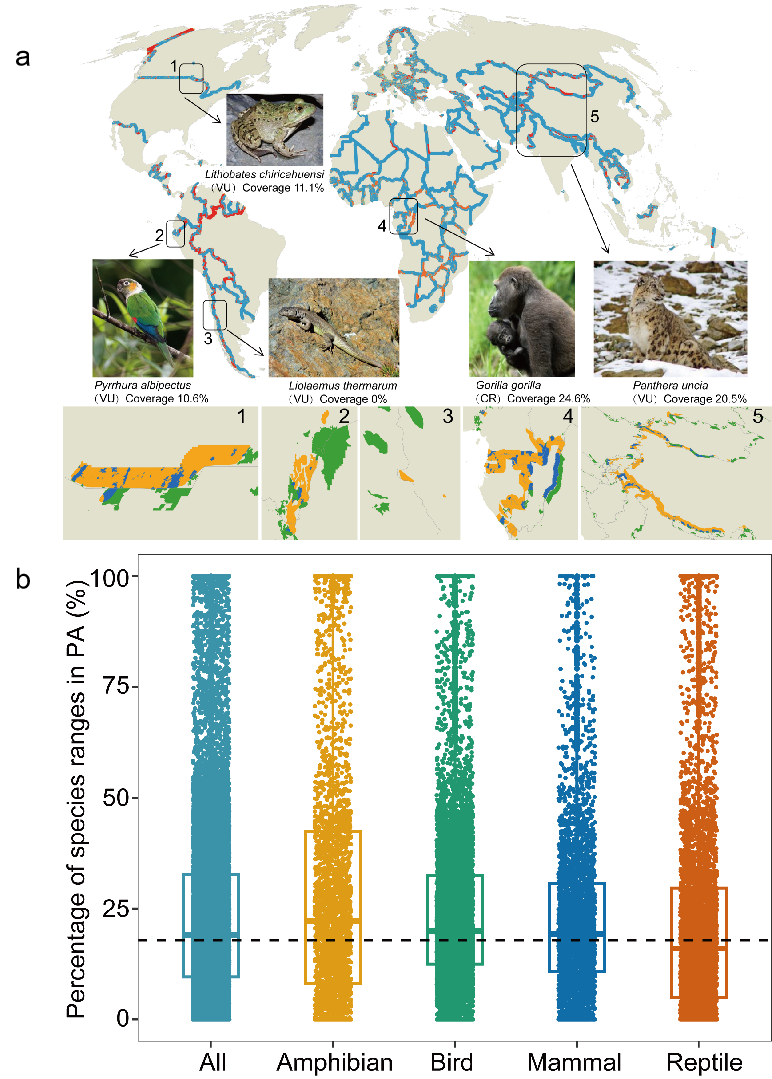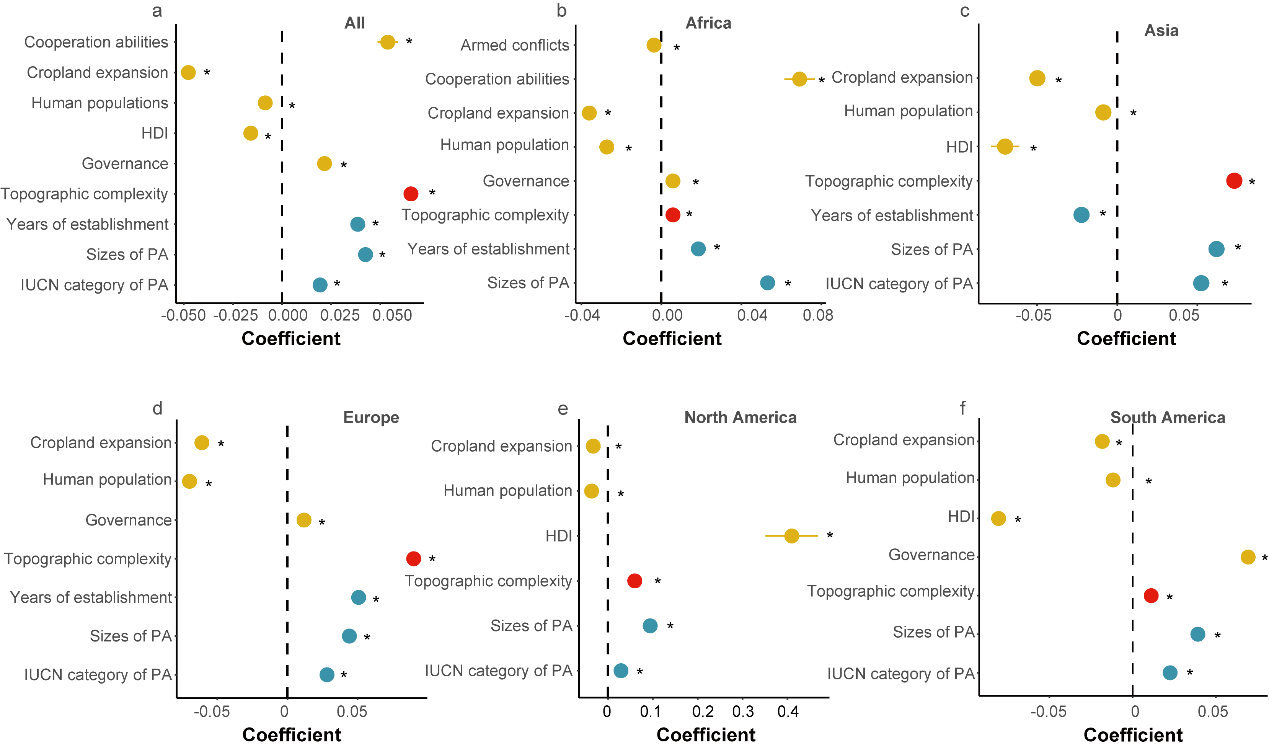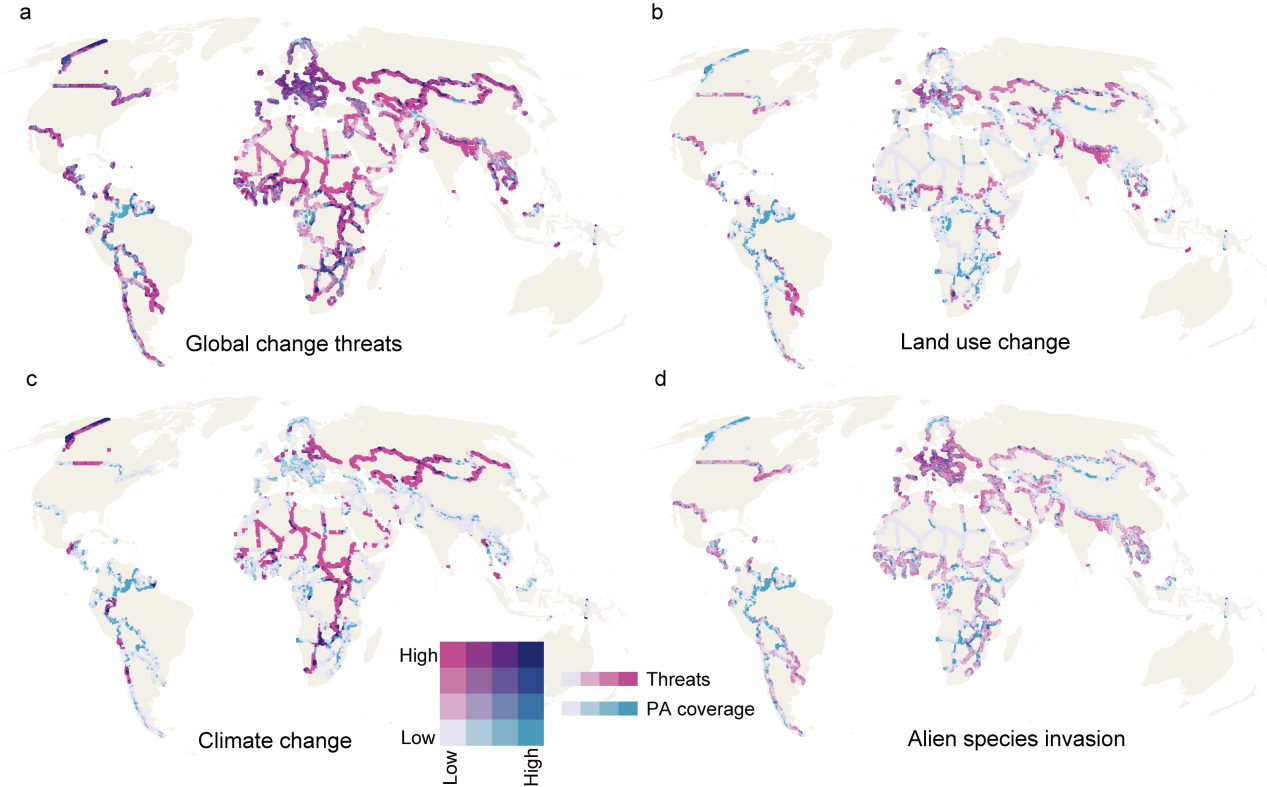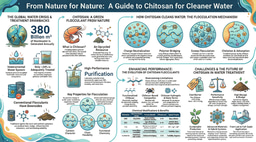More attentions are needed for biodiversity conservation in global borders
Published in Ecology & Evolution

The Altai Mountain, sitting across China, Kazakhstan, Russia, and Mongolia, is part of the well-known Altai-Sayan Ecoregion as one of the 200 Key Ecosystem Areas in the world. This region has complex and diverse ecosystems, and serves as a refuge for numerous endangered species like snow leopard (Panthera uncia). However, political boundaries often do not align with ecological boundaries, fragmenting the integrity of the Altai Mountain ecosystem. Thus, it is crucial for the four neighboring countries to explore collaborative approaches to jointly promote conservation efforts.
To comprehensively assess the conservation status and develop effective cross-border conservation and management strategies, research teams led by Prof. Xuan Liu and colleagues from multiple institutions have carried out field investigations around the Altai Mountain border regions since 2022, as part of the Third Xinjiang Comprehensive Scientific Expedition sponsored by Chinese government (Figure 1). They find that there are inefficient coverage of species ranges by existing protected areas at the cross-border region. In addition, these regions are facing high pressures from anthropogenic environmental changes such as the increasing frequency of extreme weather events induced by climate change, land use change driven by local economic development requirement, and alien species invasion with trade and landscape connectiveness. In addition to these findings based on field surveys, we would like to ask whether these might also be the global transboundary conservation challenges, yet comprehensive evaluation on the conservation status and risks of wildlife in global cross-borders remain unknown.

Figure 1. Field work in Altai Mountains regions. Photo Credit: Third Xinjiang Scientific Expedition Program.
Based on the distribution data of 19,039 terrestrial vertebrate species across 73,186 PAs in 330 global cross-border regions, we show that more than three-quarters of the species’ distribution ranges in global transboundary areas have not been effectively covered by PAs (Figure 2). After controlling for the availability of PAs and geographical biases in survey intensity, the PA coverage of species ranges in transboundary areas (17.7%) is found to be significantly lower than that in non-transboundary areas (20.9%, Figure 3a).

Figure 2. Conservation situation quantified as the protected area coverage of species ranges in transboundary areas (a) and across taxa (b). Photo Credit: 1-4, iNaturalist; 5, IUCN Red List.

Figure 3. Comparison of mean protected area coverage of species ranges (a) and global change threats (b) in transboundary areas (orange) and non-transboundary areas (blue).
Further factor analysis reveals that the establishment of PAs in transboundary areas mainly considers economic costs rather than biodiversity conservation. For example, PA coverage of species ranges increases with governance effectiveness, bilateral cooperation capabilities, topography complex, and participation of local communities and indigenous people in management. Therefore, we recommend that when formulating future plans for transboundary PAs, there needs to be a balance between biodiversity conservation and the maintenance of ecosystem services that can contribute to human well-being. Moreover, active encouragement should be given to the participation of indigenous people and local communities in the planning and management of PAs at transboundary areas.
It should be noted that there are geographical differences in influencing factors among continents (Figure 4): the level of bilateral cooperation between countries and armed conflicts are the main factors affecting the PA coverage of species ranges in Africa; the establishment years of PAs are positively correlated with the protection rate in most continents, but negatively correlated in Asia; the governance effectiveness is a positive predictor across all continents. In Eurasia where physical border barriers are mainly located, PA coverage is lower in areas with border fences than that in areas without border fences. These results suggest that strengthening cooperation, establishing transboundary PAs, and reducing the impact of physical fences are crucial for the conservation of wildlife in transboundary areas.

Figure 4. Relationships of different ecological and socioeconomic factors with the protected area coverage of species ranges in transboundary areas at the global (a) and continental (b-f) scales.
Finally, based on a systematic assessment of the vulnerability of PAs in transboundary areas to three major global change threats including climate change, land use change and alien species invasion, we determine that PAs in transboundary areas are facing more severe global change threats than those in non-transboundary areas (Figure 3b). Specifically, threats from land-use change tend to be greater in Asia, South America and North America, such as in the Pakistan–India, Myanmar–Thailand and Brazil–Uruguay border areas. Climate change is prominent in Africa. The risks of alien species invasion are particularly high in border areas of Europe. Particularly, PA coverage of species ranges in these high-risk regions is relatively low, especially in some tropical and subtropical biodiversity conservation hotspots. Our findings suggest that it needs timely and continuous monitoring of global change threats in transboundary areas.

Figure 5. Global change threats and protected area coverage of species ranges in transboundary areas.
The Post-2020 Global Biodiversity Framework and the Kunming-Montreal Global Biodiversity Framework emphasize the importance of cross-border conservation collaborations. This study may not only help identify the biodiversity conservation gaps in transboundary areas, but also inform adaptive management strategies to mitigate emerging threats from sustained global changes.
Follow the Topic
-
Nature Communications

An open access, multidisciplinary journal dedicated to publishing high-quality research in all areas of the biological, health, physical, chemical and Earth sciences.
Related Collections
With Collections, you can get published faster and increase your visibility.
Women's Health
Publishing Model: Hybrid
Deadline: Ongoing
Advances in neurodegenerative diseases
Publishing Model: Hybrid
Deadline: Dec 24, 2025




Please sign in or register for FREE
If you are a registered user on Research Communities by Springer Nature, please sign in